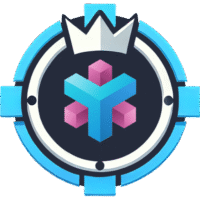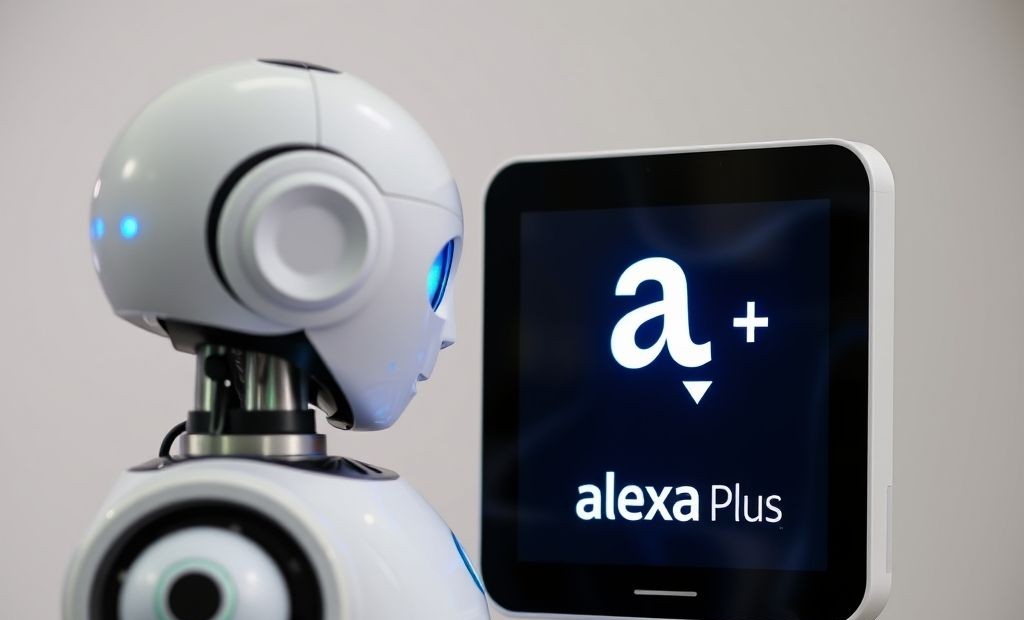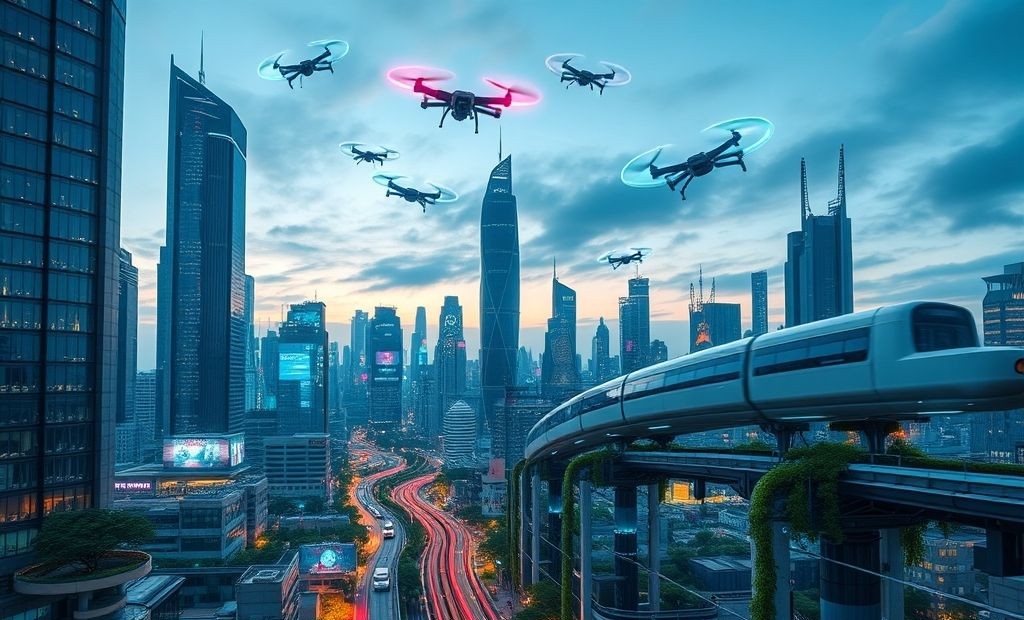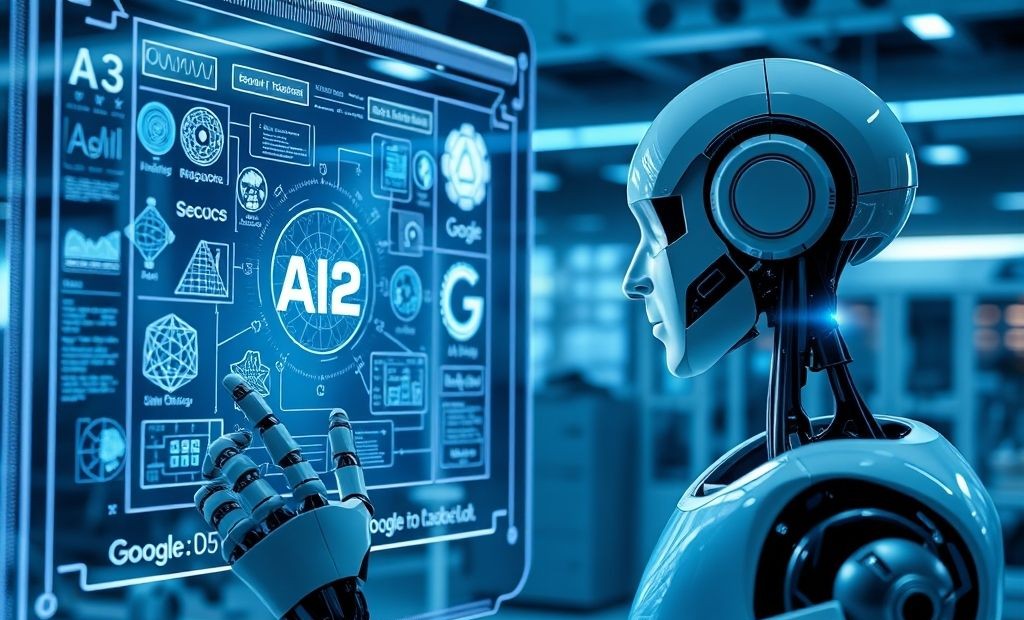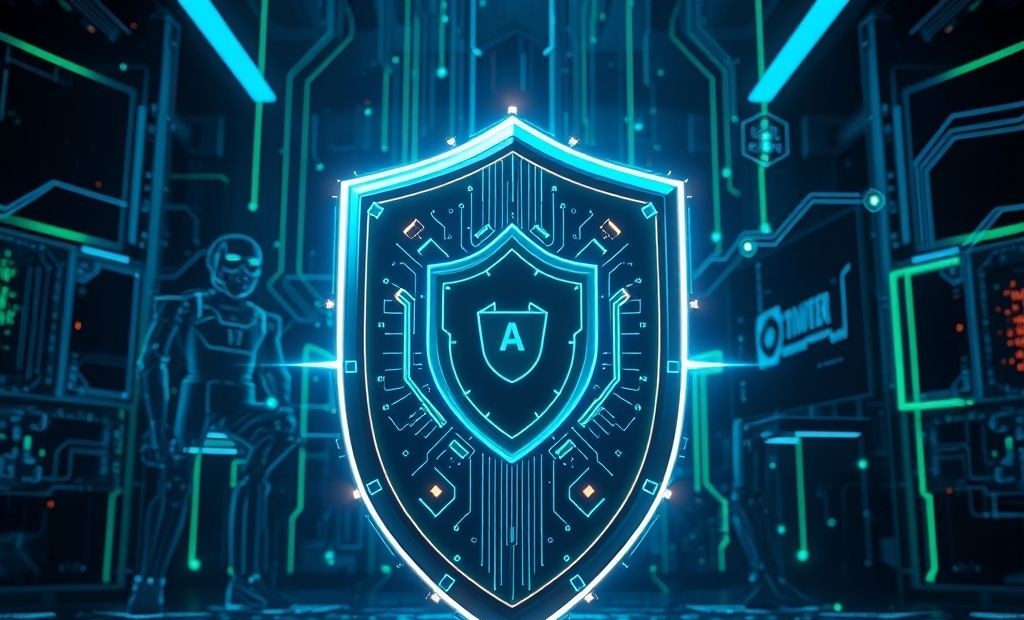DevOps Strategies for Efficient Cloud Management in 2025
Cloud management is evolving rapidly, and in 2025, leveraging robust DevOps strategies is no longer optional—it’s essential. Organizations that embrace these strategies can achieve greater efficiency, agility, and cost-effectiveness. Let’s explore the latest DevOps practices that are revolutionizing cloud management.
Automation: The Core of Efficient Cloud DevOps
Automation is the bedrock of modern DevOps. By automating repetitive tasks, teams can free up valuable time to focus on innovation and strategic initiatives. Several tools like Ansible, Terraform, and AWS CloudFormation are crucial for cloud infrastructure automation.
Key Benefits of Automation:
- Reduced Errors: Automating tasks minimizes human error.
- Faster Deployment: Deploy applications and infrastructure much faster.
- Improved Scalability: Scale resources up or down based on demand.
Infrastructure as Code (IaC) is a prime example. IaC allows you to define and manage your infrastructure through code, making it repeatable, versionable, and auditable. Imagine you need to create or update Azure Virtual Machines – with IaC, you can define the VMs’ configuration in a script and deploy it consistently across different environments.
CI/CD Pipelines: Accelerating Software Delivery
Continuous Integration/Continuous Deployment (CI/CD) pipelines automate the software release process, from code commit to production deployment. Tools like Jenkins, CircleCI, and GitLab CI are key to building effective pipelines.
Essential Elements of a CI/CD Pipeline:
- Automated Testing: Run unit tests, integration tests, and end-to-end tests automatically.
- Continuous Integration: Merge code changes frequently into a central repository.
- Continuous Deployment: Automatically deploy code changes to production or staging environments.
For example, a AWS CodePipeline can automate the process of building, testing, and deploying a Lambda function whenever a change is pushed to a CodeCommit repository, making your deployments faster and more reliable.
Infrastructure as Code (IaC): Managing Cloud Resources Programmatically
Infrastructure as Code (IaC) enables you to manage and provision your cloud infrastructure using code rather than manual processes. This approach offers numerous benefits, including version control, repeatability, and reduced risk of configuration drift.
Benefits of IaC:
- Version Control: Track changes to your infrastructure configurations.
- Repeatability: Deploy identical environments consistently.
- Collaboration: Share and review infrastructure code with your team.
Example of Terraform Configuration
resource "aws_instance" "example" {
ami = "ami-0c55b987c62db3661"
instance_type = "t2.micro"
tags = {
Name = "ExampleInstance"
}
}
This simple Terraform configuration defines an AWS EC2 instance. You can apply this configuration to create the instance automatically. Consider pairing HashiCorp Vault with IaC for secure secrets management when provisioning resources.
Monitoring and Observability: Gaining Insights into Cloud Environments
Effective monitoring and observability are critical for maintaining the health and performance of your cloud applications. Tools like Prometheus, Grafana, and Datadog provide real-time insights into your cloud infrastructure.
Key Monitoring Strategies:
- Real-time Dashboards: Visualize key metrics and identify potential issues.
- Alerting: Configure alerts to notify you of critical events.
- Log Aggregation: Collect and analyze logs from various sources.
You can use Amazon CloudWatch to monitor your AWS resources and set up alarms based on specific metrics. Combine this with AWS X-Ray for tracing requests through your microservices architecture to identify bottlenecks.
Security Automation: Integrating Security into the DevOps Lifecycle
Security should be integrated into every stage of the DevOps lifecycle, not just as an afterthought. Security automation tools and practices can help you identify and address vulnerabilities early in the development process. Consider using tools like Aqua Security or Sysdig for container security.
Essential Security Practices:
- Static Code Analysis: Scan code for security vulnerabilities.
- Dynamic Application Security Testing (DAST): Test running applications for security flaws.
- Infrastructure Security Scanning: Regularly scan your infrastructure for misconfigurations.
Collaboration and Communication: Bridging the Gap Between Teams
Effective collaboration and communication are crucial for successful DevOps initiatives. Tools like Slack, Microsoft Teams, and Confluence can facilitate communication and knowledge sharing among team members. Using Jira helps with issue tracking and project management, making sure everyone is on the same page.
Final Overview
In 2025, DevOps strategies for efficient cloud management revolve around automation, CI/CD, IaC, monitoring, security, and collaboration. By embracing these practices, organizations can unlock the full potential of the cloud, driving innovation and achieving significant business outcomes. Stay ahead of the curve by continuously learning and adapting to the evolving landscape of cloud and DevOps.
